Whenever possible, this magazine explores the conundrum facing academics when navigating the uncertain terrain of reconciling an unwavering commitment to a divinely inspired Islam with the obligation to uphold scholarly standards that apply to writing history in our physical world, not in a metaphysical universe. This situation is particularly acute for Muslims, who have managed, by and large, to stay away from the late nineteenth-century German practice of Religionsgeschichte, which consists of applying a radical historical approach to the study of the New Testament in an attempt to make better sense of the Christian religion.
There are many reasons why academics in Muslim-majority nations are not yet ready to follow in the steps of their German predecessors (not least of which are curricular offerings in universities that make it nearly impossible to study ancient, pre-Islamic cultures, including Christianity and Judaism), so we welcome scholarly attempts by non-Muslims to shed light on the early history of Islam, even if their assumptions and conclusions could be unsettling to most Muslims. In this spirit, I am introducing Stephen Shoemaker’s work on the Quran and the prophecy of Muhammad as elaborated in three of his many books (The Death of a Prophet [2012], Creating the Qur`an [2022], and The Quest of the Historical Muhammad and Other Studies in Formative Islam [2024]) before I conclude with a brief reflection on the issues raised by his approach.
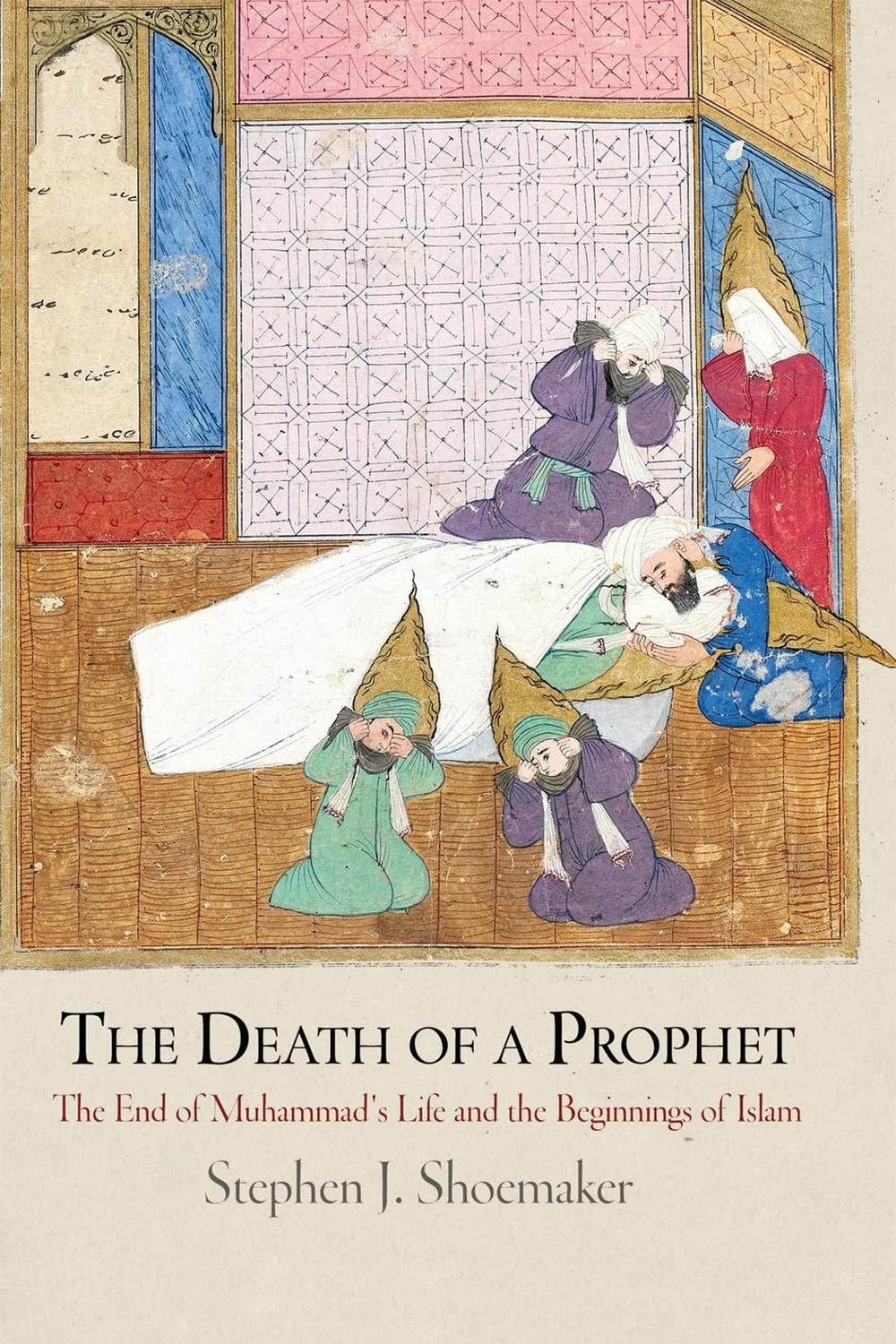
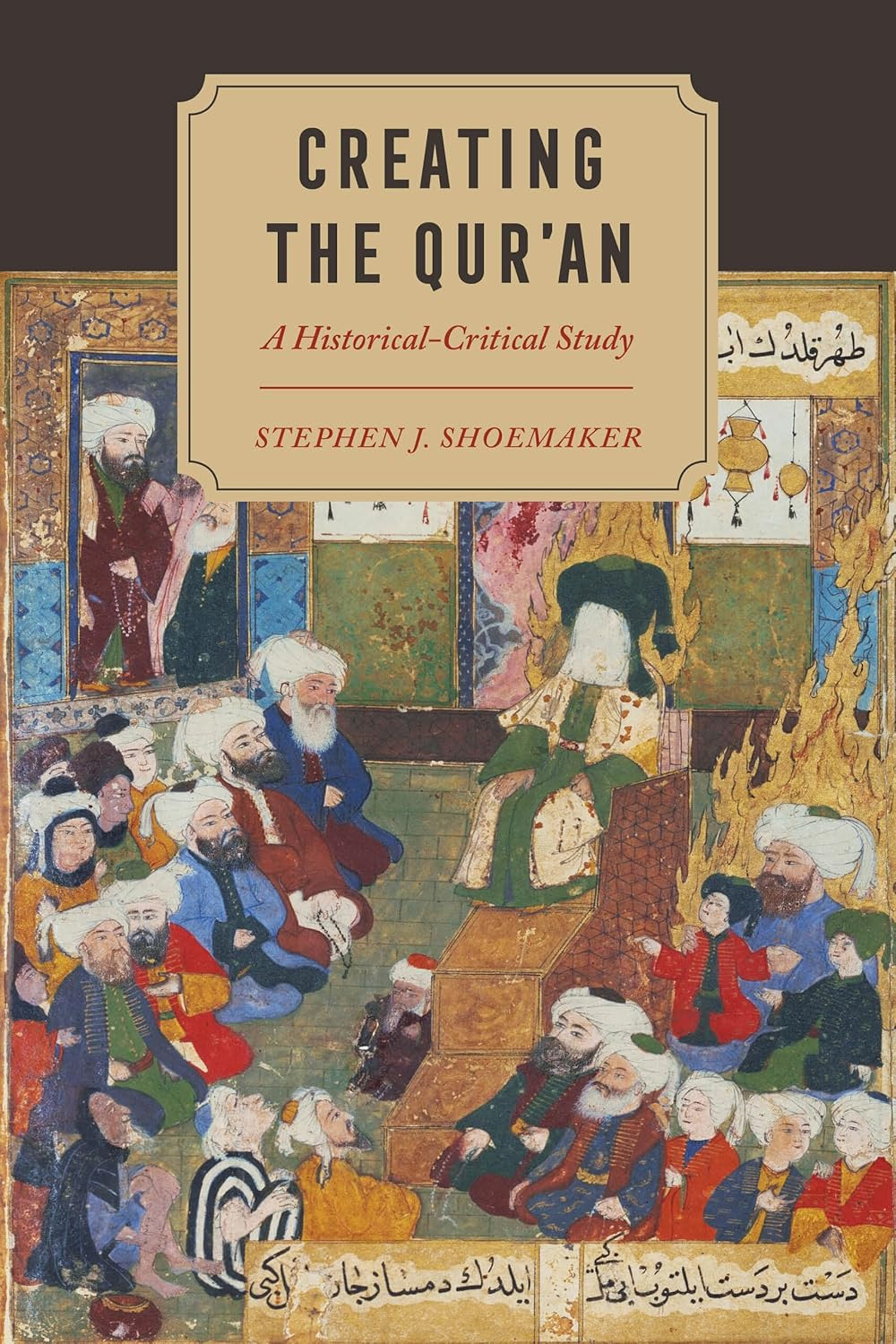
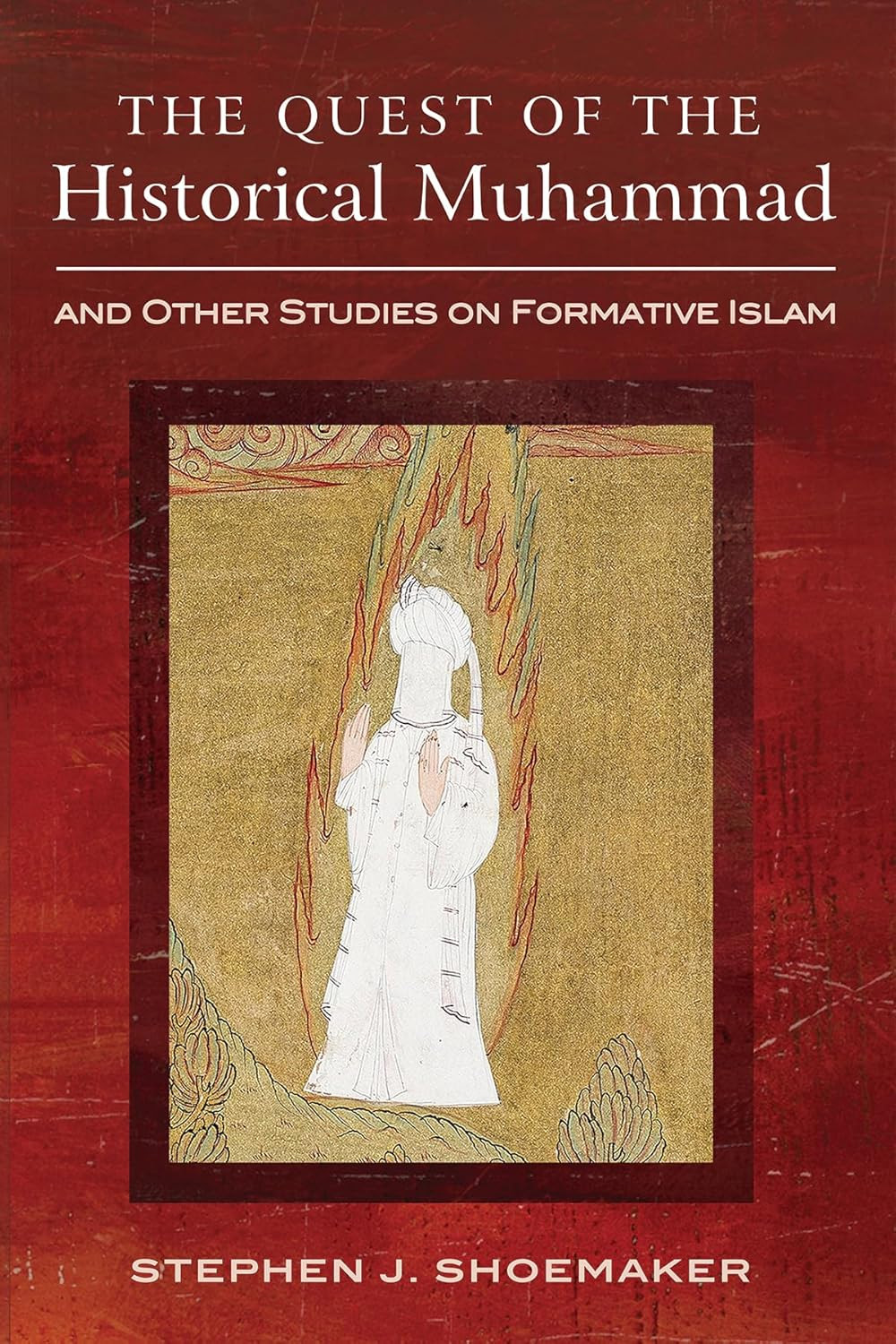
Shoemaker argues for reading the birth of Islam within the context of the late ancient world rather than just seeing it as a sui generis Hijazi phenomenon. Islam has yet to be exposed to the “hermeneutics of suspicion [that] have profoundly affected the modern study of formative Christianity and Judaism” and not rely solely on late Muslim hagiographies (Sira) and sayings of Muhammad (Hadith.) The first account of Muhammad (the Maghazi by Ibn Ishaq [d. 767]), presumably based on the accounts of Ibn Shihab al-Zuhri (d. 742), survives in the Sira of Ibn Hisham (d 833) and al-Tabari’s History. We have no reliable, datable Islamic sources about the Prophet before these accounts. The only thing we have to go by for the first century of Islam is the Qur`an itself, a mostly abstract document that reinterprets Jewish and Christian traditions for Arabs. Muhammad (who is only mentioned four times in this text) appears as an eschatological prophet announcing the imminent coming of the Hour.
Given that the Qur`an pays far more attention to Jewish and Christian themes than it does to the ministry of Muhammad, the Qur`an, Shoemaker argues, “is best understood as a biblical apocryphon with a powerful message of eschatological urgency, repentance, and restoration.” Looked at in this fashion, the Qur`an, and by implication Islam itself, is an Arab expression of—not a radical rupture with—the Biblical tradition. This would explain why Jesus, not Muhammad, is the awaited Messiah whose return would herald the world’s end.
A few scattered seventh-century non-Muslim accounts appear to allude to a new conquering self-declared prophet announcing the return of the Messiah. In Doctrina Iacobi (July 634), a generally reliable Greek account dealing with the conversion of Jews to Christianity, one Justus related that his brother Abraham told him that “a false prophet has appeared” among the Saracens to preach “the arrival of the anointed one who is to come, the Messiah.” An old man (presumably also a Jew) groaned that such a prophet is false because “prophets do not come with a sword and a war chariot.” When Abraham looked into this matter, he was told by the people who had met Muhammad “that one will find no truth in the so-called prophet, only the shedding of human blood. In fact, he [the false prophet] says he has the keys of paradise.”
An account composed in Khuzistan in southwestern Iran around 660 covering events leading up to 652, known as the Khuzistan Chronicle, also describes the “sons of Ishmael” led by Muhammad in the same vein. These Ishmaelites, the Chronicle states, “went to the land of the Byzantines, plundering and laying waste to the entire region of Syria.” The Byzantine emperor Heraclius was unable to stop them. Several sources from various periods and regions of the Mediterranean suggest that Muhammad led the conquest of Palestine and Syria, which took place in 634-35, two years after Muhammad’s official death in 632 in Medina. Even the caliph Umar II (717-20), in a letter to the Byzantine emperor Leo III (717-41), makes that suggestion when he wrote: “In this way, with him in whom we trust, and in whom we believe, we went off, bare foot [sic], naked, without equipment, strength, weapon, or provisions, to fight against the largest empires, the most evidently powerful nations whose rule over other peoples was the most ruthless, that is to say: Persia and Byzantium.”
Jews initially made common cause with “the sons of Ishmael,” as Sebeos reported, because Jewish-taught Arabs, believers in the Abrahamic tradition, were more likely to liberate Jerusalem and the Temple from despised Byzantine control and domination. Jews, Christians and others were welcomed into the Arabs’ non-sectarian brand of monotheism—they were all part of the community, or umma, of Believers (mu’minun). They were “people of the book” (ahl al-kitab) to whom paradise is promised, except for the few errant ones among them.
Not surprisingly, John of Damascus, who oversaw the Umayyad civil administration, described Muhammad’s followers—the Ishmaelites, he also called them—as Christian heretics. In the already mentioned exchange between the Byzantine emperor Leo III and the Umayyad caliph Umar II, Leo III reminds Umar II that it was “a certain al-Ḥajjāj, who was appointed governor of Persia by you, who gathered all your ancient books and wrote another according to his taste and distributed it throughout all your lands.” This view was again echoed by writers as varied as the seventh-century Jewish convert Abraham of Tiberias and the ninth-century Muslim philosopher Al-Kindi.
Thus, the Umayyad caliph Abd al-Malik built the Dome of the Rock, completed in 691-92, right on the site of the Temple, itself built, according to the Jewish Mishnah, on the sacred rock where the Ark of the Covenant rested and was preserved in the Temple’s Holy of Holies. Also, some accounts of the Fada’il al-Quds (The Merits of Jerusalem) wrote about God resting on the rock and living there for forty years before ascending to Heaven. No wonder the Holy Land was also Adam, Jacob, Isaac, and Abraham’s resting place. Finally, Jerusalem is where resurrection occurs, and the antichrist, or the dajjal, will seek refuge before Jesus defeats him.
Profoundly inscribed by the worldviews of Judaism and, to some extent, Christianity, early Islam was understandably centered on Jerusalem and the Holy Land, the places of the final Hour. At first, the Holy Land, with its sacred city of Jerusalem, was the target of the Believers, the final battleground before the end of the world. This also explains why Muhammad and his followers initially prayed toward Jerusalem.
Shoemaker convincingly argues that “the highly allusive nature of the Qur’an’s references to earlier Jewish and Christian traditions demands an audience well versed, even steeped, in Jewish and Christian lore. The Qur’an regularly invokes these earlier Jewish and Christian traditions in a highly elliptic and compressed manner, requiring its audience to fill in the gaps based on an already existing deeper knowledge of these traditions.” A striking example of the Qur`an’s origins in what John Wansbrough called the “sectarian milieu” is its treatment of the Nativity tradition, including claiming Mary to be the sister of Aaron. This rather esoteric version of Jesus’ story could only be found in the liturgical practices of the Kathisma Church near Jerusalem. That the same version is found in the Qur`an could only mean that it was included in the Qur`an after Muslims occupied Jerusalem.
In any case, within a century of the new community of Believers appearing on the Middle Eastern scene, a process of differentiation gradually relocated the sacred sites of Islam to the Hijaz (while keeping Jerusalem, with its bayt al-maqdis, as a respectable third, after Mecca and Medina.) This went hand in hand with the process of creating a myth around Muhammad, unearthing his dying place, building a mosque on it, and collecting anything associated with him, including his sayings (hadith).
Just as Christianity was radically reimagined only a hundred years after it emerged in Palestine, Islam must have been subjected to the same process of rethinking. The Hour failed to strike, and the Believers, following the death of their prophet, were at a loss for what to do. They didn’t bother with writing down Muhammad’s message since they expected the world to end in their lifetimes. The seventh-century Muslim record remained blank until Ibn Ishaq, in the middle of the eighth century, made the first serious attempt to tell the story of Muhammad in his Maghazi.
Shoemaker doesn’t contest that Muhammad appeared in the remote and insulated Hijaz (home to a small population without knowledge of Greek or Aramaic, the main languages of culture and religion in the “sectarian milieu”) and preached a new version of monotheism kept alive by his followers after his death. Still, this message was remembered differently in Syria, Kufa, Basra, and Hims, which is why the Sunni tradition tells us that the Caliph Uthman, founder of the Umayyad dynasty and cousin to the later caliph `Abd al-Malik, ordered the collection and destruction of these various codices of the Qur`an to keep one canonical version for all Muslims in their expanding empire. Even if we accept the official Sunni version of events, Uthman collected and presumably synthesized memories of the Qur`an of non-Hijazi provenance, which were kept in Syria and Iraq, “regions that were [once again] rich with Jewish and Christian believers and traditions.”
Given the fact that we have very weak documentary evidence on the shape of the Qur`an in the seventh century and that the religion of Islam, with its birthplace in the Hijaz and a scripture revealed in Arabic, emerged at the turn of the eighth century under the Umayyad caliph `Abd al-Malik (r. 685-705), it makes sense to assume that, in establishing a state ideology based on an original revelation, `Abd al-Malik created the myth of Mecca and Medina to differentiate himself and his message in a region overflowing with Jewish and Christian doctrines. The record is clear that `Abd al-Malik’s deputy in Iraq, al-Hajjaj ibn Yusuf, supervised the editorial process of putting together an official version of the Qur’an.
That the Qur`an was composed later than we think didn’t bother even the most authoritative hadith compilers, Muslim and al-Bukhari, who, on the authority of the Kufa-born Sulayman al-A`mash (d. 765), report that al-Hajjaj instructed his team of scholars and scribes to “compose the Qurʾān as Gabriel composed it [allifū l-Qurʾāna kamā allafahu Jibrīl]: the writing that includes mention of the cow [al-sūra llatī yuḏkaru fīhā l-baqara], and the writing that includes mention of the women [al-nisā’], and the writing that includes mention of the family of ʿImran [‘ Āl ‘Imrān].”
With the “gist” of Muhammad’s message surviving in Syria and Iraq, the “imperially imposed, canonical version” of the Qur`an was reconstructed in Syria’s Arabic dialect. It was an exceedingly conservative editorial process, keeping in place many unintelligible words, some of which may have preceded the rise of Islam itself. As the German scholar Gerd Puin put it: “The Koran claims for itself that it is ‘mubeen’ or ‘clear.’ But if you look at it, you will notice that every fifth sentence or so simply doesn’t make sense. Many Muslims—and Orientalists—will tell you otherwise, of course, but the fact is that a fifth of the Koranic text is just incomprehensible.” Moreover, references to seafaring, fishing, agriculture, and husbandry preclude the possibility of the Qur`an being drafted in the barren lands of Hijaz.
Shoemaker’s scholarship and approach to history is a tour de force, a corrective to the excessive reliance on historically dubious sources claiming to reenact the early decades of Islam. His thorough examination of the science of memory and carbon dating, for instance, must now be considered in any serious study of the early history of Islam. We must, however, ask ourselves whether we expect Muhammad’s Believers to subscribe to Shoemaker’s secular historical account.
In Morocco, a decidedly liberal country open to different viewpoints and lifestyles, my friends listen with avid interest to accounts like Shoemaker’s, even nod in absolute approval, but then hasten to meet their religious duties as prescribed by tradition. How do we make sense of this? Was the multigenerational process involving the memorization, editing, and canonization of the Qur`an, Sira, and Hadith uniquely successful in imposing a watertight ideology that has lasted for centuries and is still strong today? Did the founders of Islam have a better insight into human nature than the best secular scientists of the post-Enlightenment era? Re-mapping Islam’s geography of the sacred and historicizing what passes for revelation and prophecy seem more like provocative intellectual facts than faith-altering realizations to believing Muslims. Islam is a Muslim’s own story; it’s no longer the work of anonymous memorizers and scribes in Syria or Iraq overseen by some caliph or his deputy. Just like King Lear needs his entourage for no practical reason in Shakespeare’s tragedy, Muslims don’t feel the urge to explain or justify their faith. After all, in the opening of the famous Sura of the Cow, Allah makes belief in the unseen a condition for faith. Islam, it suggests, is not an evidence-based proposition.
As I spend more time in my native Tangier and behold the rhythms of daily life—regular calls to prayer, enormously rich and loving human interactions, moving acts of generosity and kindness, thick family relations, and ready submission to Allah’s will—I can’t help but wonder whether a people united by faith in the unseen are ultimately better off than nations of secular individuals who value cold material proof more than they do fulfilling emotional lives. One could argue that living in a world of social warmth is far more rational than withering in scientifically advanced societies where loneliness is a life-threatening epidemic. As someone who has spent years thinking about the vexed relationship between Islam and the protocols of modern scholarship, I wonder whether we should explore a third option, one that allows us to appreciate both practices while expanding the sphere of our tolerance of the vast unknown.

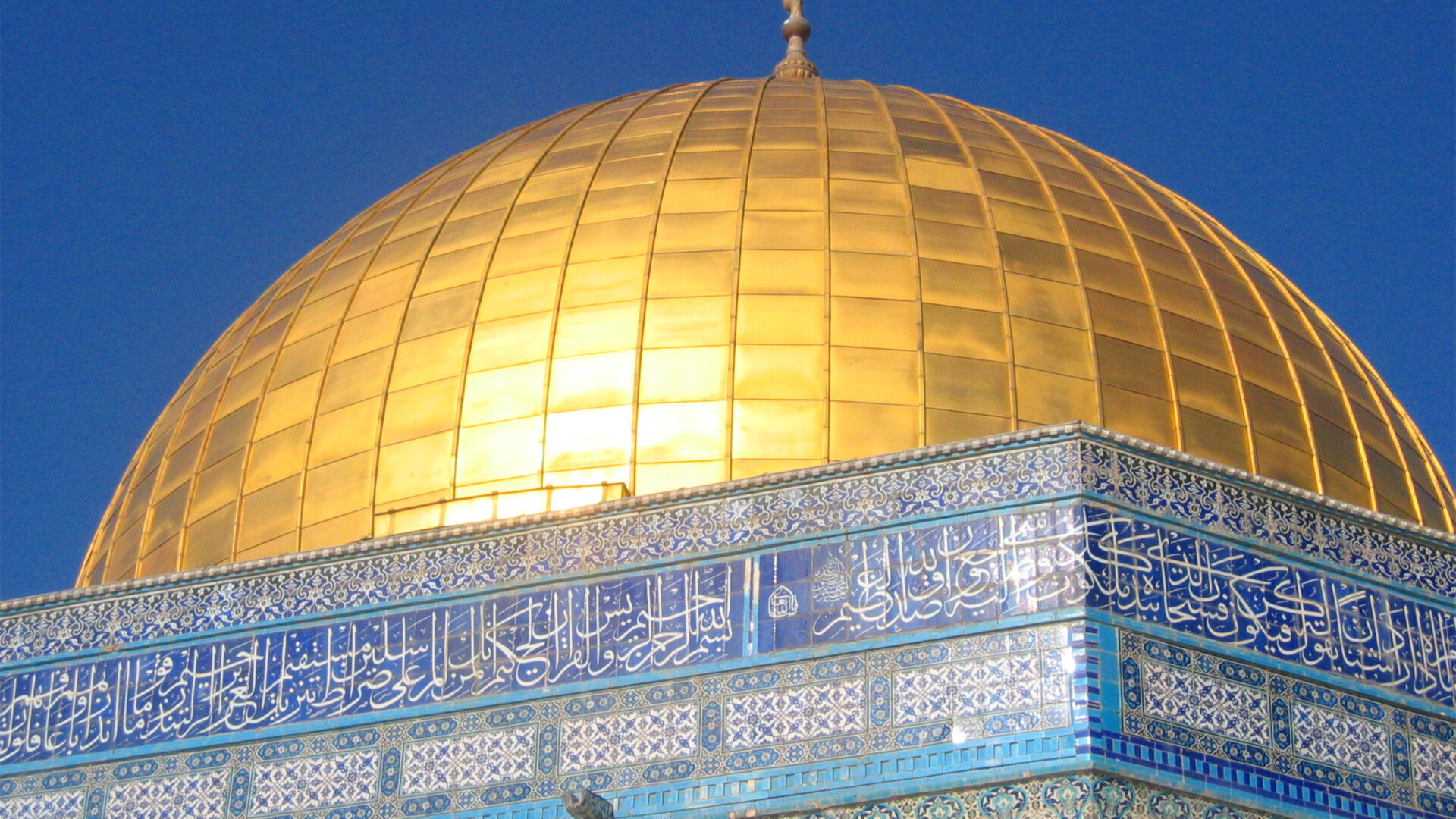


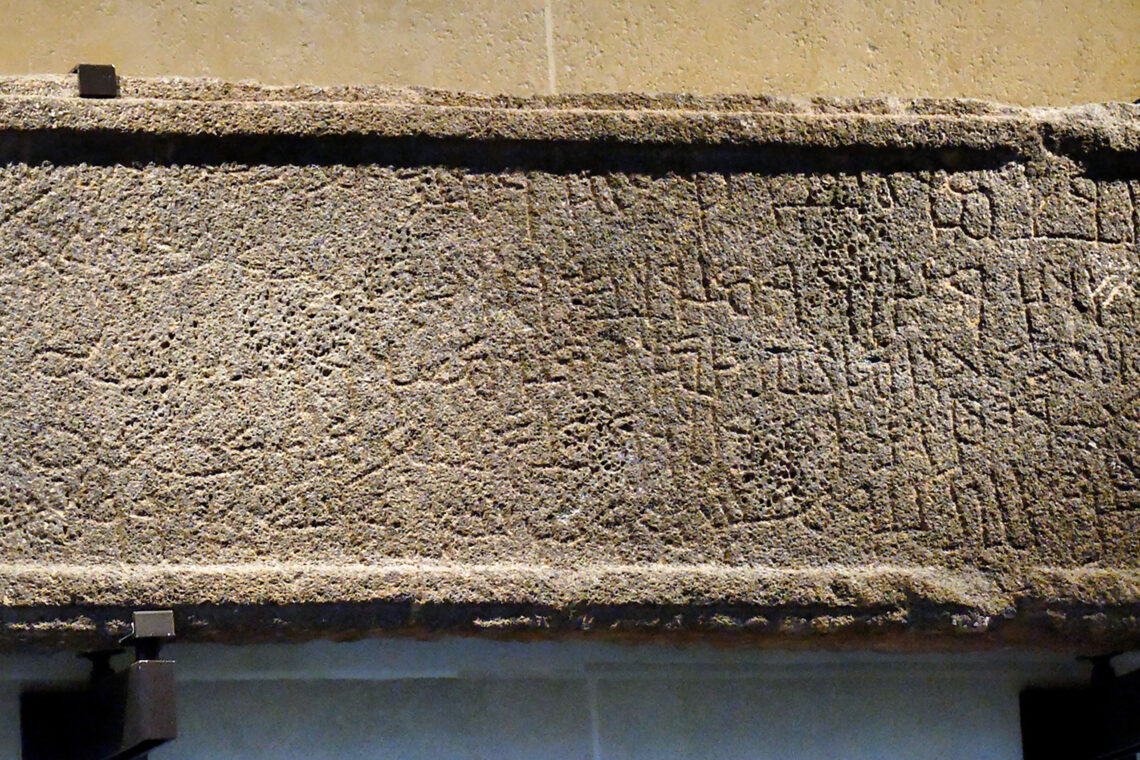
Comments are moderated by the editor and may not appear on this discussion until they have been reviewed and deemed appropriate for posting. All information collected is handled in a manner consistent with our privacy policy.